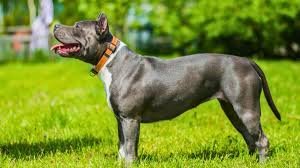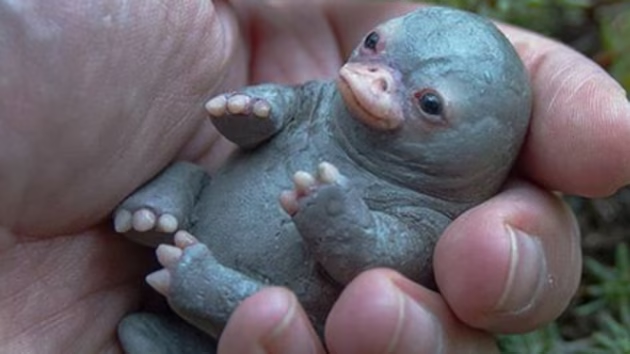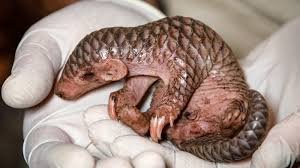
brindle pitbull
The Brindle Pitbull is one of the most visually striking and misunderstood dogs in the canine world. With their tiger-stripe coat pattern, powerful build, and deeply loyal nature, Brindle Pitbulls capture attention wherever they go. Contrary to popular myths, these dogs are not aggressive by nature—in fact, with proper training and care, they are among the most affectionate and loyal companions you can own.
Brindle Pitbulls are not a separate breed but a color variant found in American Pit Bull Terriers, American Staffordshire Terriers, Staffordshire Bull Terriers, and American Bullies. The brindle coat is caused by a specific gene pattern and results in a beautiful mix of dark stripes over a lighter base color.
In this article, we’ll explore the origin, appearance, temperament, training, health, and overall care of the Brindle Pitbull, giving you a full picture of what to expect from this powerful yet gentle companion.
What Is a Brindle Pitbull?
A Brindle Pitbull refers to a Pitbull-type dog that has a brindle coat pattern, which appears as striped markings, similar to a tiger’s fur. The pattern can vary from light brown with dark brown or black stripes to blue brindle, where the stripes are shades of gray and silver.
Brindle coloring is found in:
- American Pit Bull Terriers (APBT)
- American Staffordshire Terriers
- Staffordshire Bull Terriers
- American Bullies
The brindle coat results from a recessive gene, meaning both parents must carry the trait for it to appear in the offspring. The most common types of brindle patterns include:
- Red Brindle: Reddish-brown coat with dark stripes
- Blue Brindle: Gray or silver base with bluish stripes
- Fawn Brindle: Light tan base with dark brown markings
- Reverse Brindle: Dark base with lighter stripes
While the coat color is striking, what truly makes the Brindle Pitbull special is its loyal personality and loving nature.
Temperament and Behavior
Brindle Pitbulls are known for being loyal, intelligent, and affectionate. Despite media portrayals, they are not inherently aggressive. In fact, when raised with love and structure, they are excellent family pets.
Key temperament traits:
- Affectionate: Love to cuddle and stay close to their humans
- Loyal: Develop strong bonds and are often protective of their families
- Energetic: Require regular exercise and mental stimulation
- Intelligent: Quick learners, eager to please with consistent training
- Playful: Great with games, toys, and outdoor activities
Proper early socialization is important. Introducing them to different people, pets, and environments at a young age helps them grow into well-rounded adult dogs.
To better understand temperament across breeds, the American Temperament Test Society offers data showing Pitbulls consistently score well in temperament testing.
Training and Socialization
Training a Brindle Pitbull is both rewarding and essential. Their intelligence means they learn commands quickly, but their strong-willed nature means they need a confident, consistent handler.
Recommended training practices:
- Start young: Begin obedience training by 8 weeks
- Use positive reinforcement: Reward-based methods are more effective than punishment
- Establish routines: Dogs thrive on structure and consistency
- Leash training: Pitbulls are strong; early leash manners are crucial
- Mental challenges: Puzzle toys and agility training keep them sharp
These dogs respond best to firm but gentle guidance. Harsh methods or lack of structure can lead to stubbornness or anxiety.
Exercise and Activity Requirements
Brindle Pitbulls are athletic and full of energy. They require at least 60–90 minutes of activity per day to stay healthy and well-behaved.
Ideal exercises include:
- Long walks or jogs
- Fetch and tug-of-war
- Agility courses or obstacle training
- Interactive toys or food puzzles
- Supervised play with other dogs
Without proper outlets, they can become bored, which may lead to chewing, digging, or excessive barking. A tired Pitbull is a well-behaved Pitbull.
Diet and Nutrition
A Brindle Pitbull thrives on a high-protein, balanced diet to support their muscular build and active lifestyle.
Nutritional guidelines:
- Protein: Look for foods with real meat (chicken, beef, fish) listed first
- Fatty acids: Omega-3s for skin and coat health
- Glucosamine and chondroitin: Support joint health in active dogs
- Avoid fillers: Stay away from corn, soy, and artificial additives
Feeding schedule:
- Puppies: 3–4 meals per day
- Adults: 2 meals per day
- Portion control: Adjust based on age, size, and activity level
Consult your vet to create a diet plan that meets your dog’s specific health needs.
Grooming and Coat Care
The short, sleek coat of a Brindle Pitbull is easy to maintain but still benefits from routine grooming.
Grooming basics:
- Brushing: Once or twice a week with a soft bristle brush
- Bathing: Every 4–6 weeks or as needed
- Nail trimming: Every 2–3 weeks
- Ear cleaning: Weekly, especially for dogs with folded ears
- Dental care: Brush teeth 2–3 times a week
Brindle Pitbulls can be prone to skin allergies or dry skin, so always use a gentle, dog-specific shampoo and monitor for signs of irritation.
Health and Lifespan
Brindle Pitbulls are generally healthy dogs with a lifespan of 12–15 years. However, like all breeds, they can be prone to certain genetic conditions.
Common health issues:
- Hip dysplasia
- Skin allergies
- Demodectic mange
- Thyroid imbalances
- Knee and joint problems
Regular veterinary checkups, vaccinations, and preventative care help ensure a long, healthy life. Early detection and proper treatment of health issues can make a big difference in quality of life.
For more detailed health info, the ASPCA dog care guide provides an excellent overview of what every dog owner should know.
Adoption and Cost
You can find Brindle Pitbulls through:
- Rescue organizations and animal shelters
- Breed-specific rescues focused on Pitbulls
- Reputable breeders (always ask about health testing and breeding practices)
Adoption fees typically range from $150–$400, while buying from a breeder may cost $800–$2,000 depending on lineage and location.
Always choose ethical breeders or adopt from trusted rescues to avoid contributing to overbreeding or puppy mills.
Are Brindle Pitbulls Good Family Dogs?
Absolutely. With the right upbringing, Brindle Pitbulls are gentle, affectionate, and protective family companions. They often do well with children and can live with other pets if properly socialized.
However, they are best suited for owners who:
- Are active and have time for training and play
- Understand canine body language and behavior
- Are committed to lifelong care and advocacy
- Can provide structure, love, and consistency
These dogs crave human interaction and thrive when they’re part of the family, not left alone for long hours.
Conclusion: Beauty, Brains, and Heart
The Brindle Pitbull is far more than a gorgeous coat—it’s a loyal, intelligent, and loving companion with a big heart. These dogs deserve homes that see beyond the myths and embrace their true nature.
With proper care, early training, and daily affection, a Brindle Pitbull can become one of the most rewarding dogs you’ll ever own. Whether you’re drawn to their appearance or their personality, they offer a lifetime of loyalty and love.






